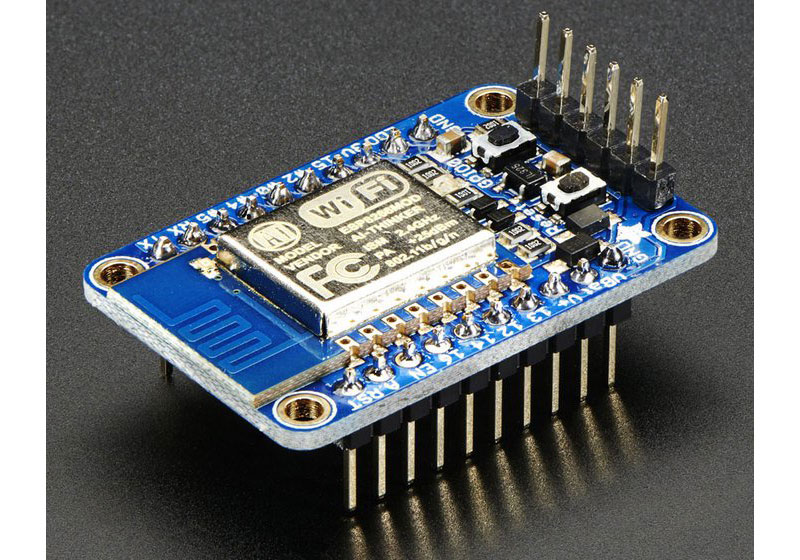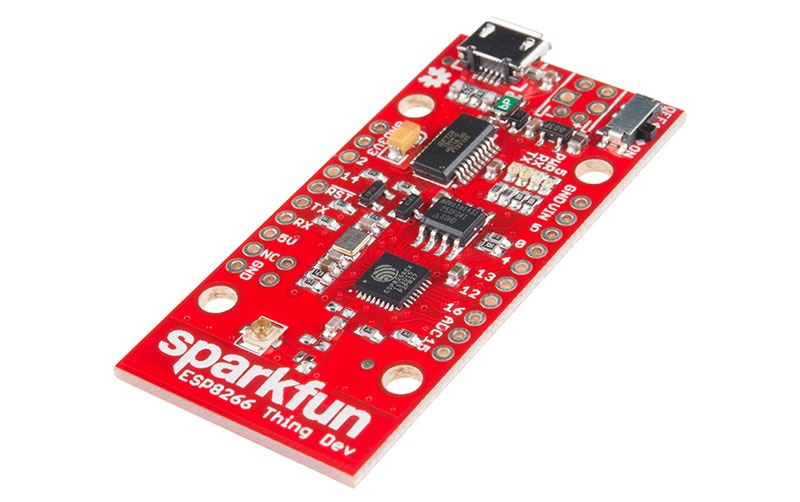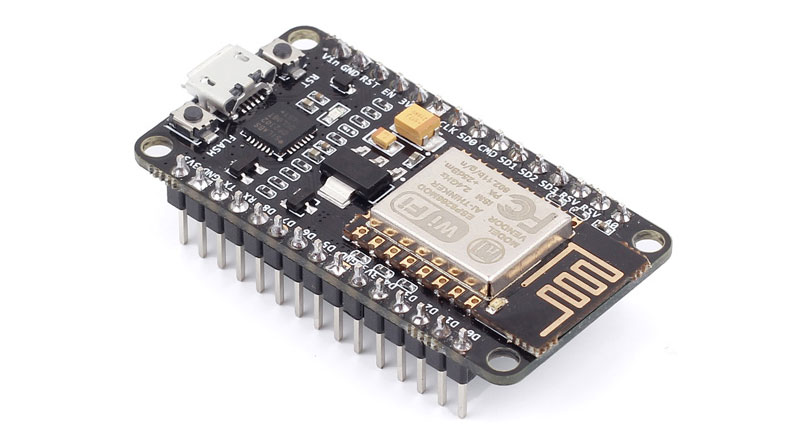制造商零件编号 WRL-13231
ESP8266 THING
SparkFun Electronics
The boom in technology for the Internet of Things combined with the low cost of the ESP8266 Wi-Fi module has seen an increase in breakout boards by a number of manufacturers. Specifically, we are going to be looking at Adafruit’s Huzzah, SparkFun’s Thing Dev and the NodeMCU.
There are currently 14 variations of the ESP8266 module all offering something different in terms if I/O They are manufactured by Shanghai-based Espressif and became popular in the end of 2014 with the introduction of the ESP-01.
Adafruit Huzzah

The Huzzah from Adafruit is a ESP8266 WiFi breakout board based on the ESP-12 module from Espressif. It is an 80MHz microcontroller with a full WiFi front-end, which can act as a client and an access point. If you have ever used a ESP8266 module, then you will know how difficult it can be to communicate with the board due to the level shifting and pin logic on the module as well as not being breadboard friendly. Adafruit designed the board to be easy to use, taking out the frustration factor. Unlike other ESP8266 breakout boards, Adafruit built the breakout board around the module rather than using chip integration, adding a number of features such as:
Two parallel, breadboard-friendly breakouts on either side give you access to:
At one end of the breakout board features a FTDI pinout for UART port connectivity. You can use this to upload your sketches and read/write debugging information.
The module comes pre-loaded with NodeMCU Lua interpreter which allows you to run commands and save programs directly on to the on-board Flash using the FTDI interface. You can also program the module using your Arduino IDE and download the ESP8266 Arduino library.
SparkFun Thing Dev

The SparkFun Thing Dev board is a development board that has been designed around the ESP8266-EX chip from Expressif. Unlike the Adafruit Huzzah this board has a built-in FTDI USB to serial chip to allow USB connectivity to your computer; personally I prefer to use USB cable over UART as I don’t need to purchase an additional cable, I usually have a bunch of USB cables laying around. What I like most about this board is that it is breadboard friendly as well as having an external u.fl connector for connecting a wireless antenna, which you don’t necessarily find on other boards. If you want to power the board other than connecting a USB cable through the 3V3 regulator there is a PCB footprint for soldering a JST connector, allowing a 6V(max) external battery pack to be connected; please note that you cannot charge the battery device through the USB as there is no LiPo charger.
The Thing Dev Board has primarily been designed for use with the Arduino IDE with integration with SparkFuns Phant.io service. The board works with the standard ESP8266 Arduino library, which can be downloaded from the GitHub page. The board features:
NodeMCU

The NodeMCU development kit is an open-source Internet of Things development board based on the ESP8266 ESP-12 module much like the Adafruit Huzzah. What’s great about this board is that it was initially designed by the open-source community shortly after the ESP8266 system began. The NodeMCU uses the Lua scripting language, which is based on the eLua project and built on the ESP8266 SDK.
The NodeMCU features a USB connector for connectivity to your computer, which not only provides power but allows programming. The NodeMCU is very similar to Adafruit Huzzah in many ways; they are both based on the ESP-12 module. The board features: